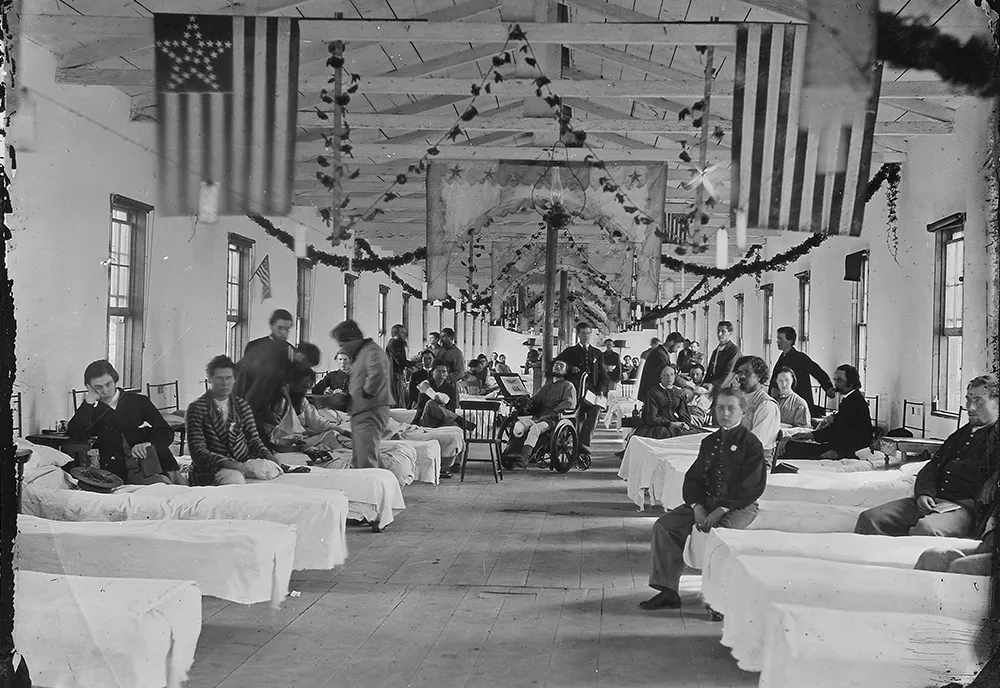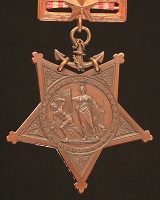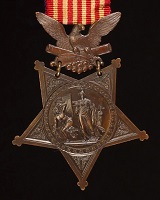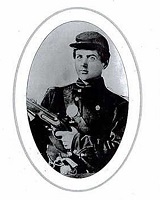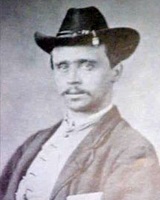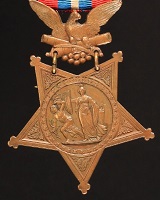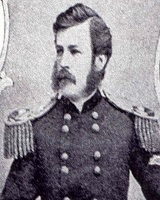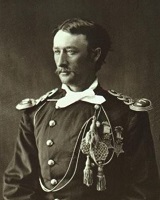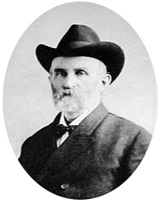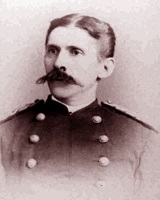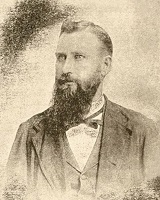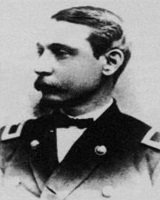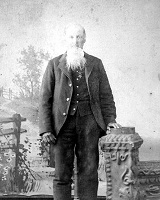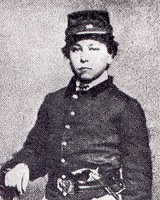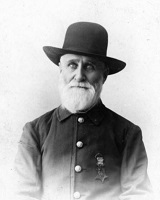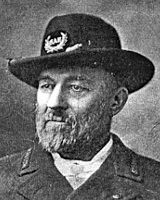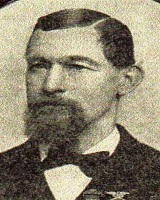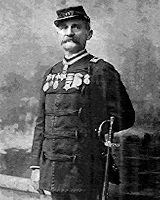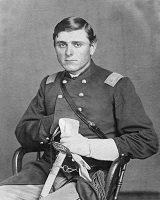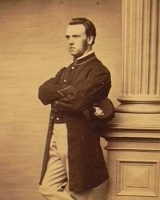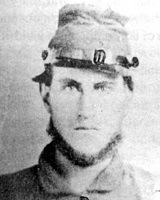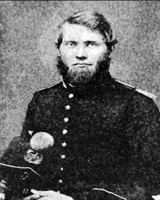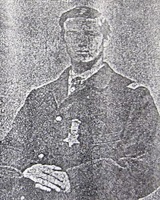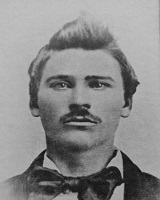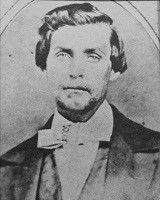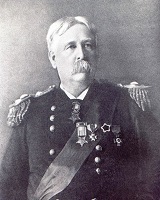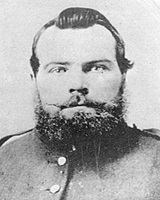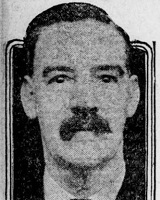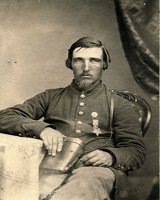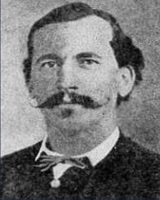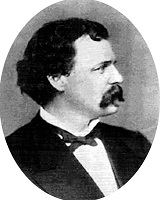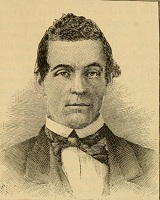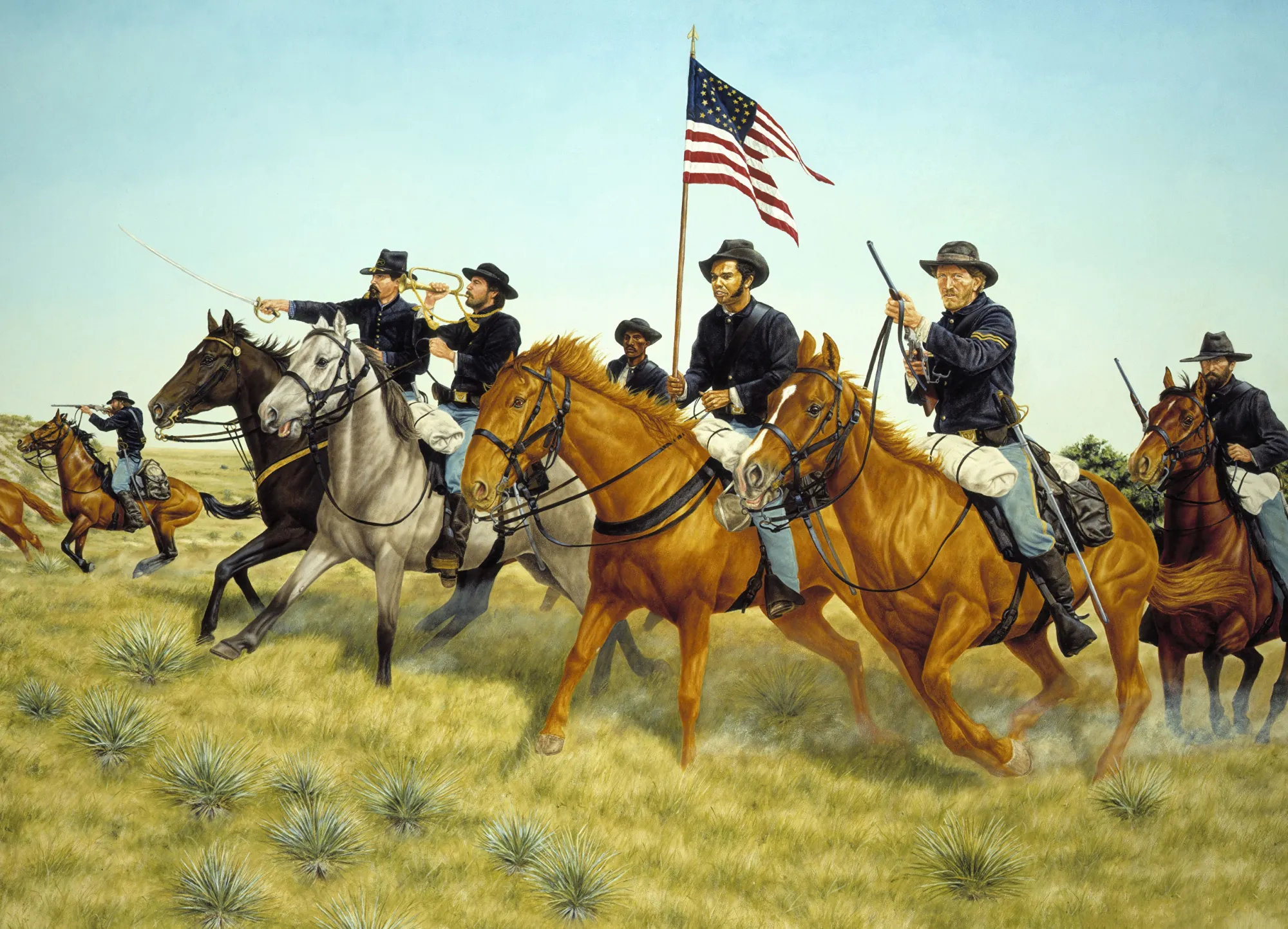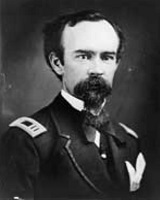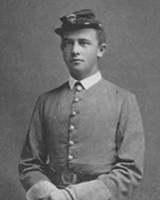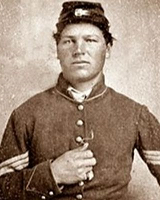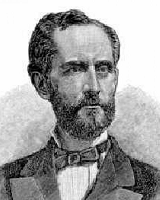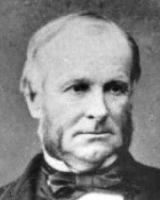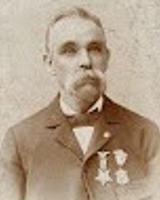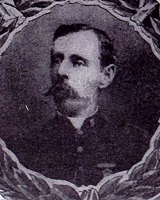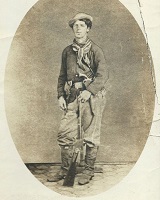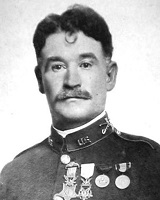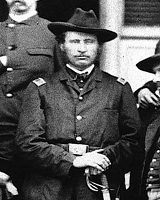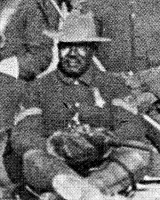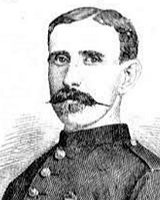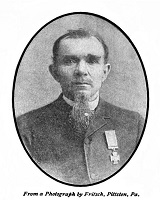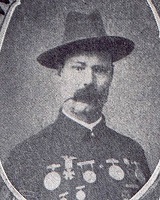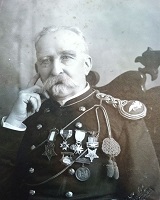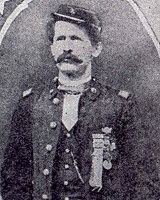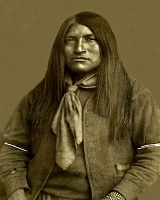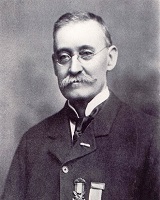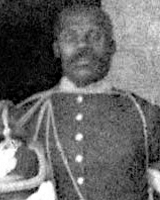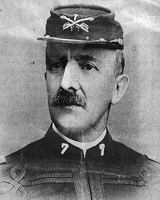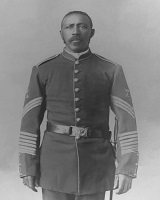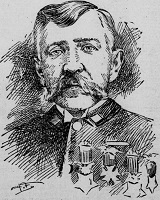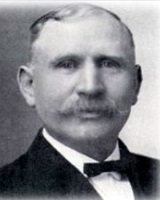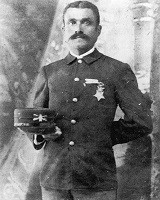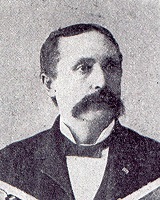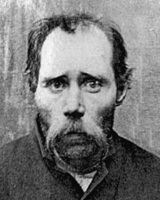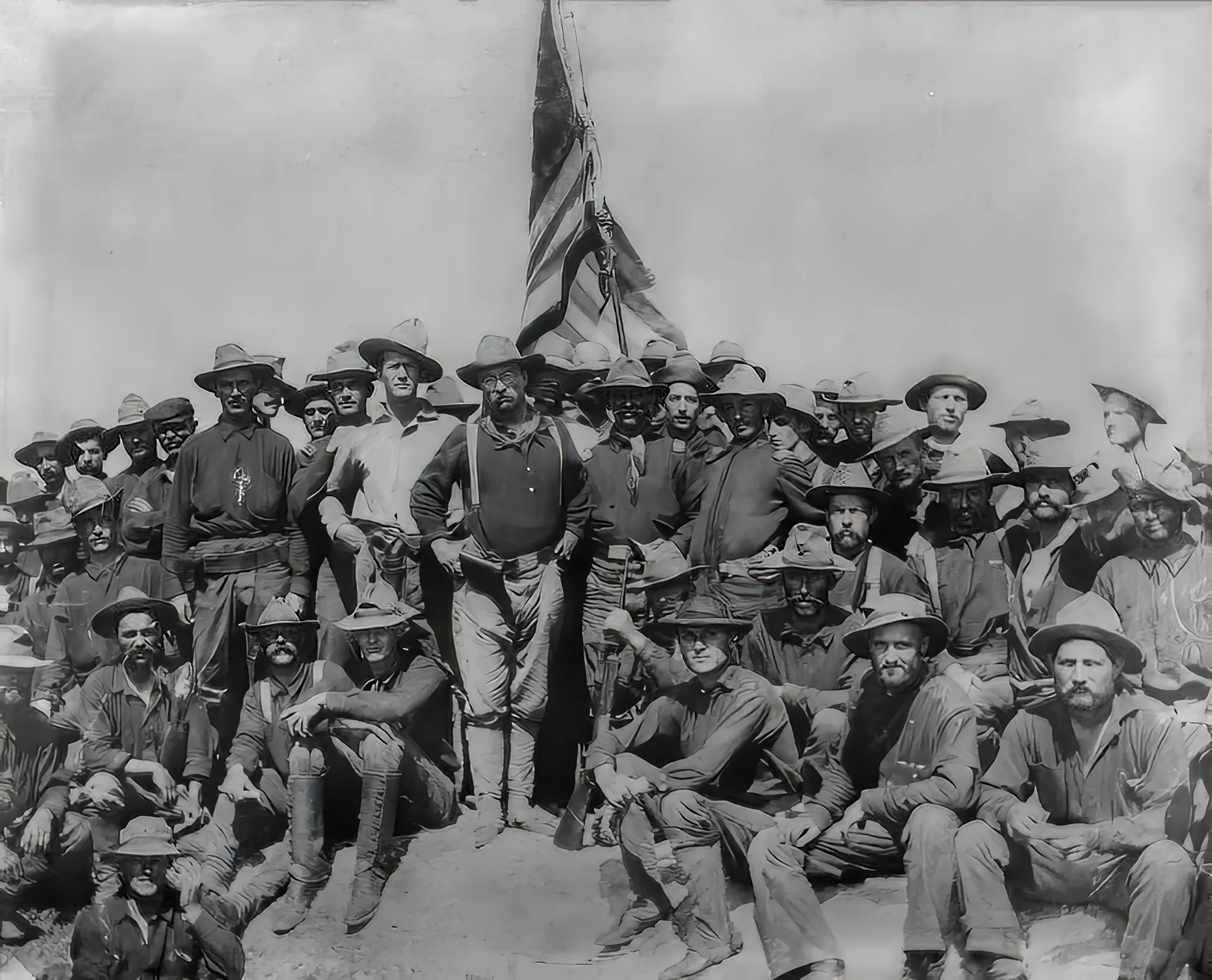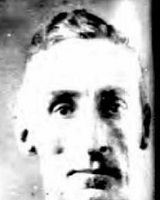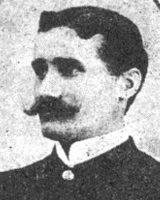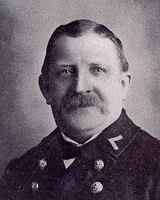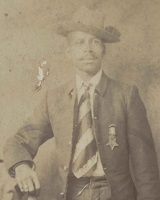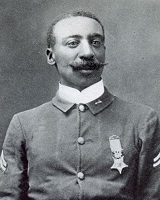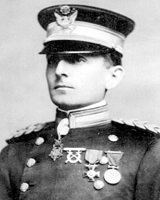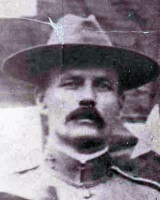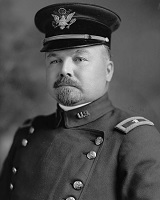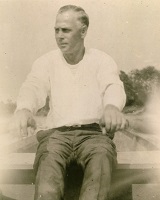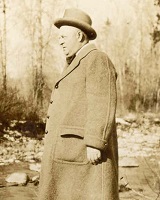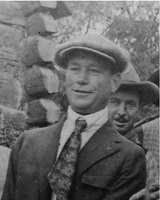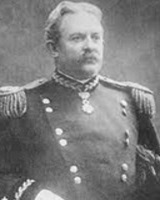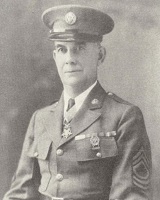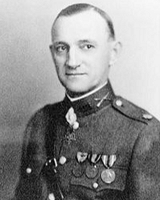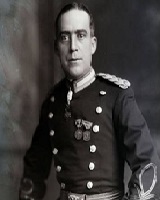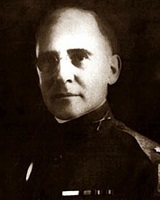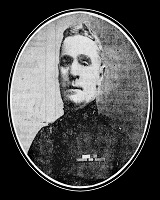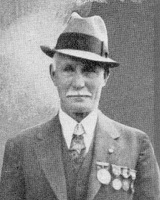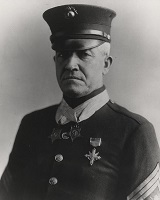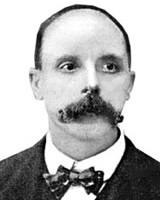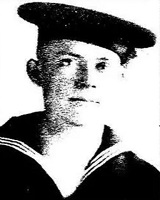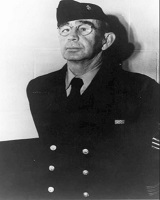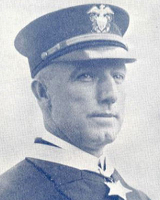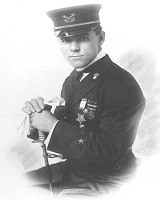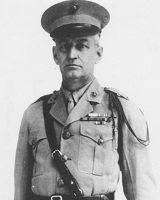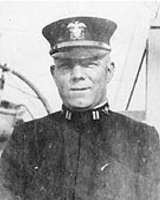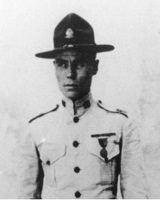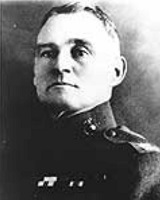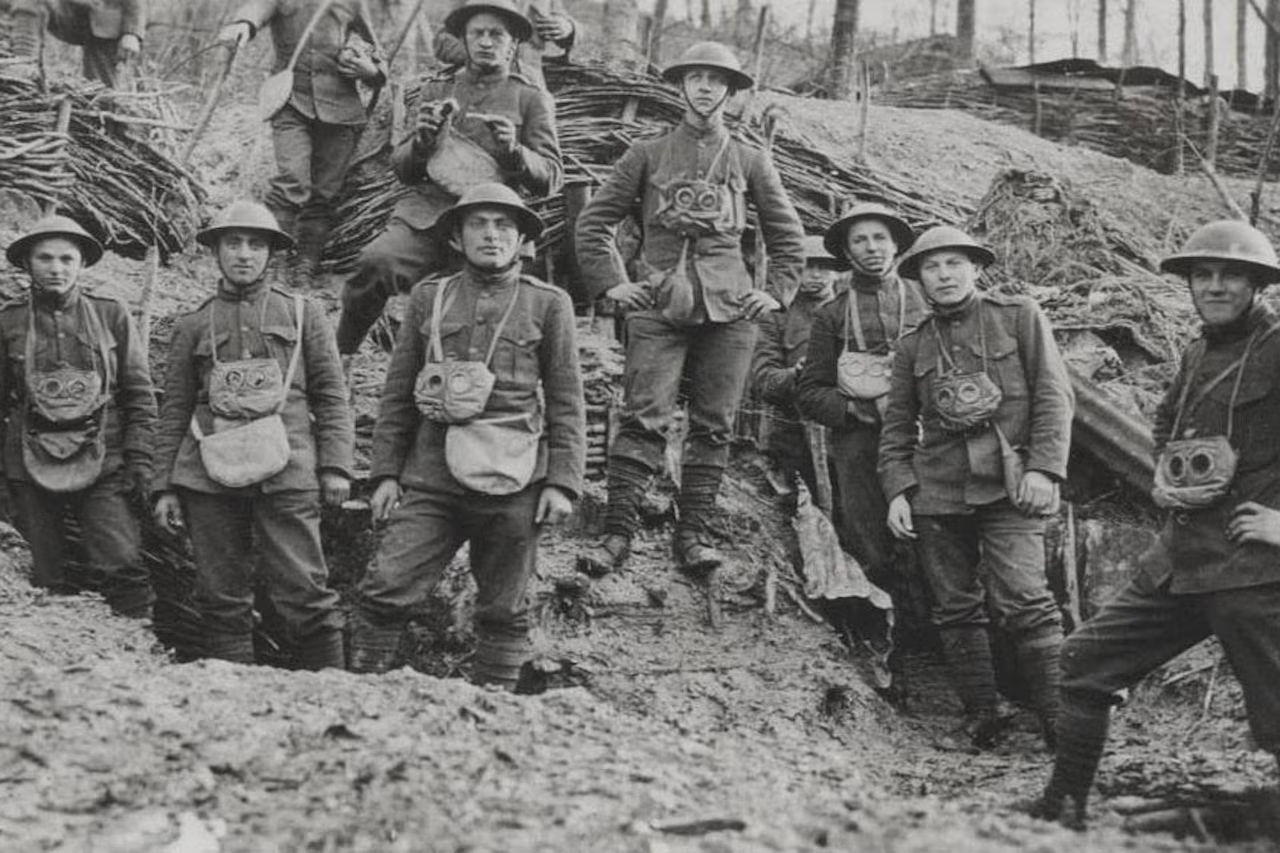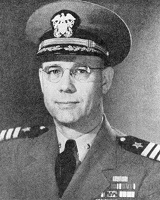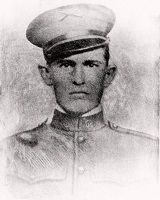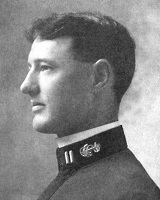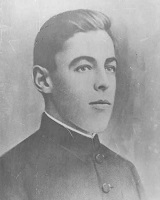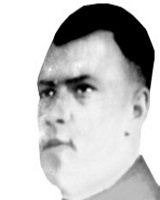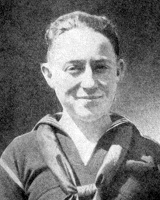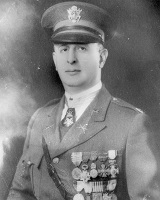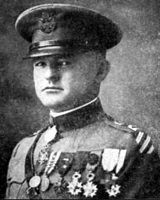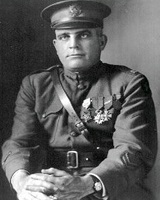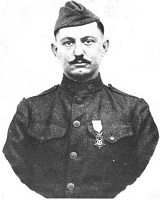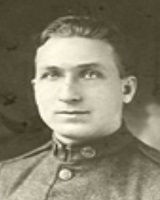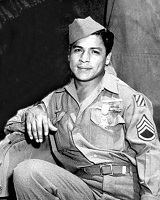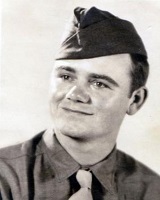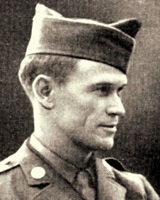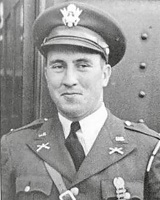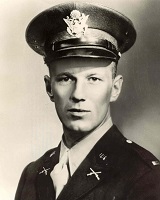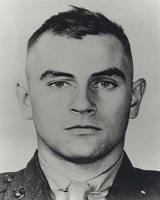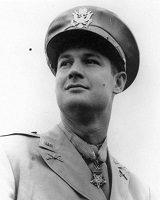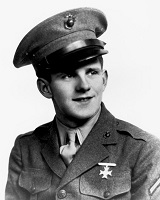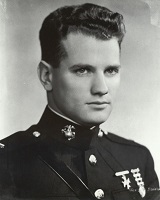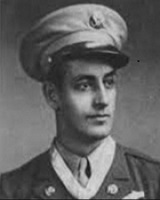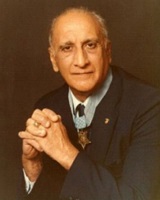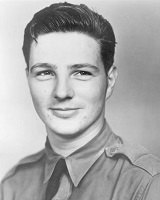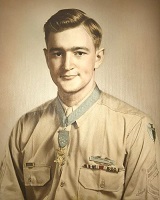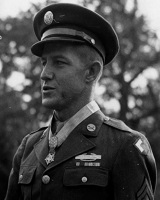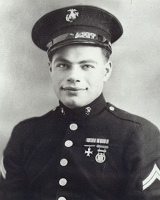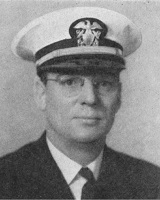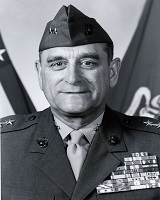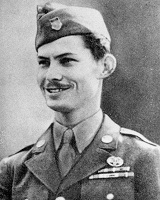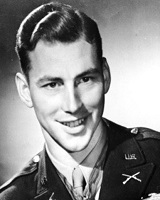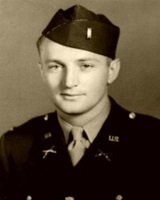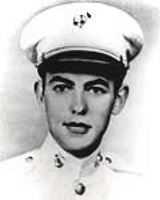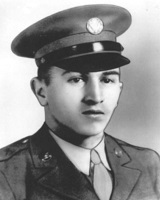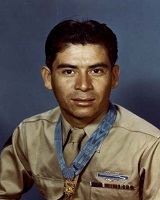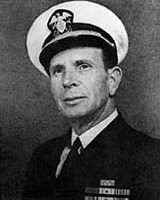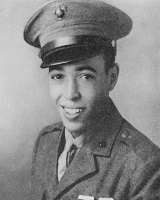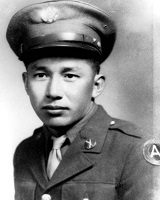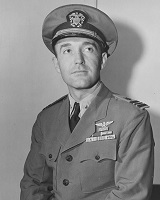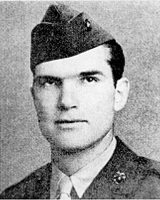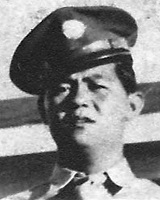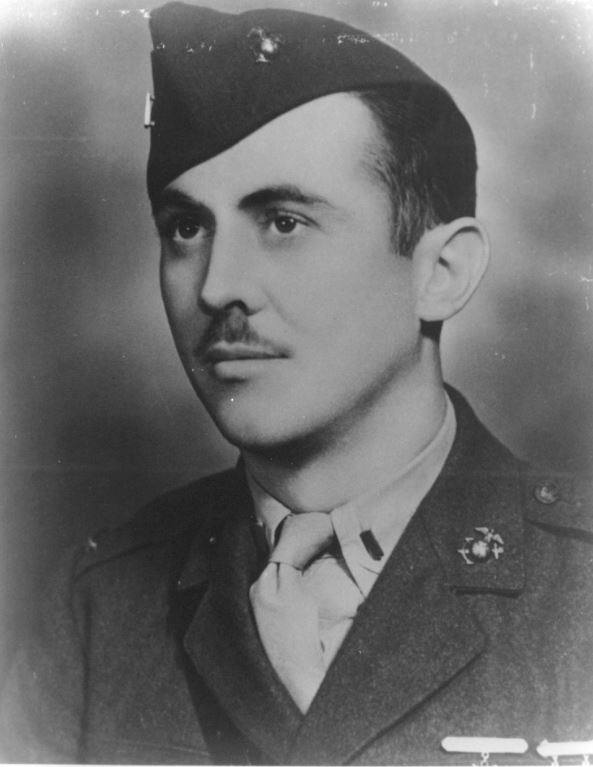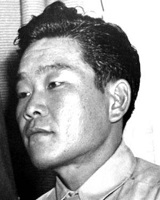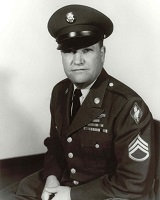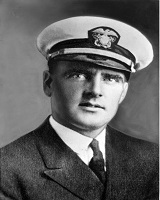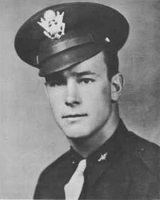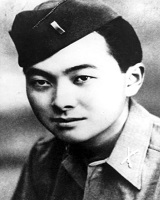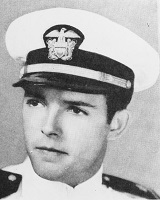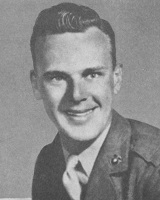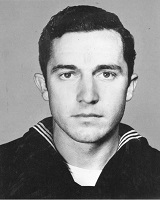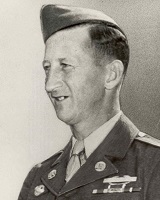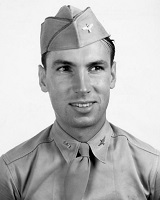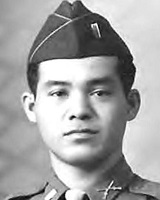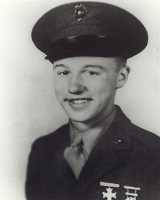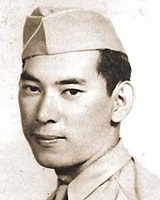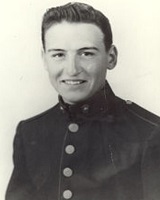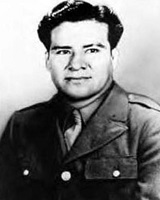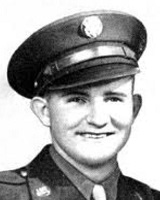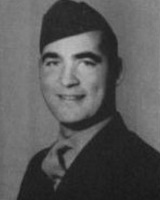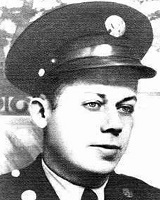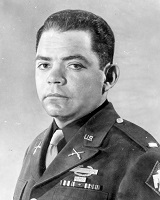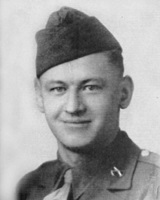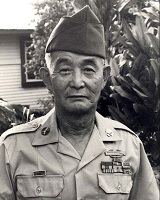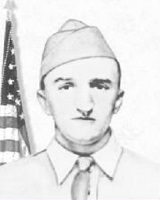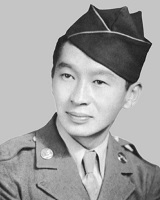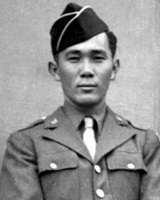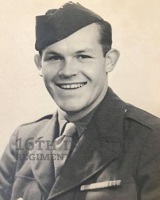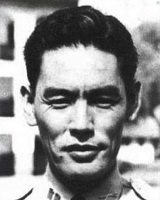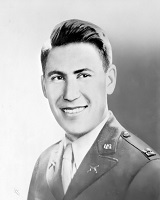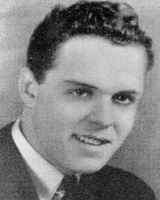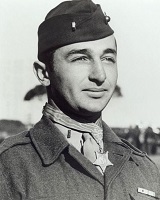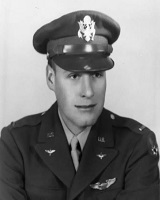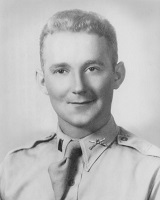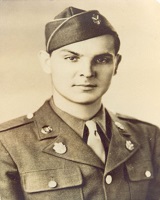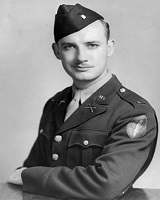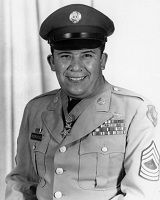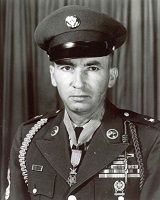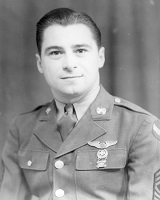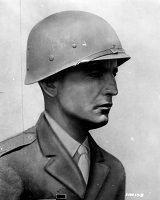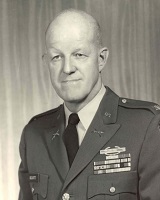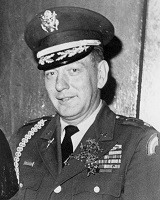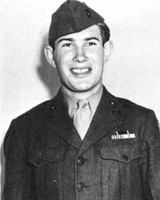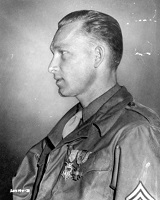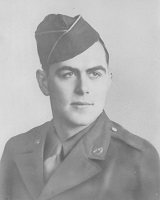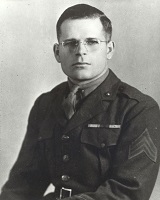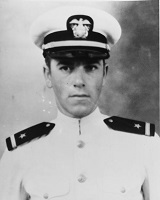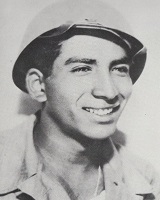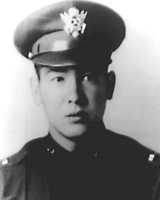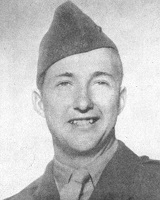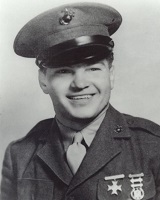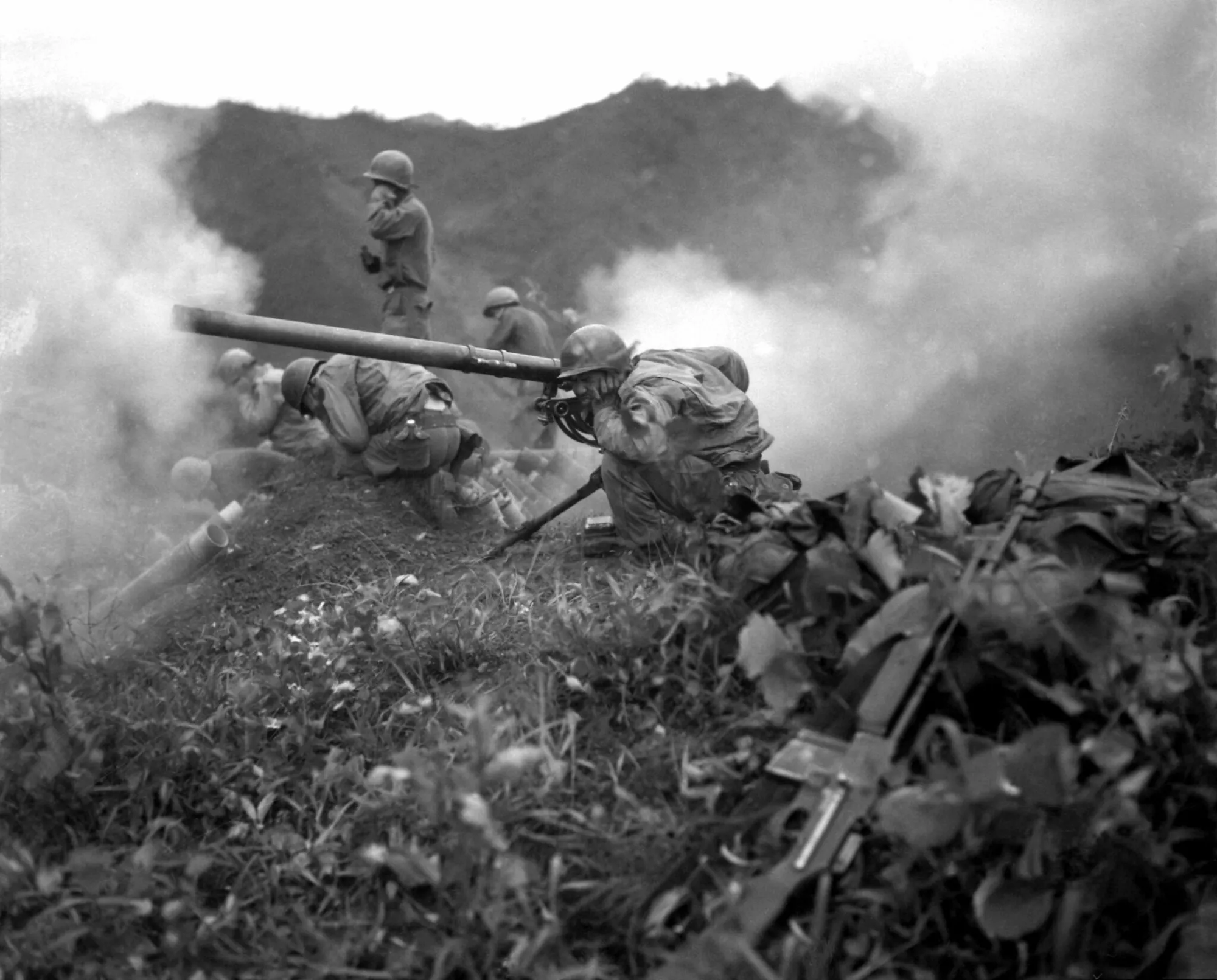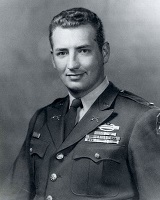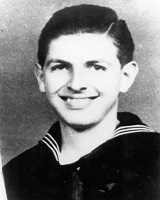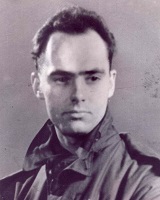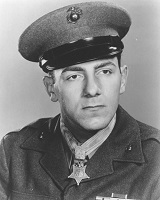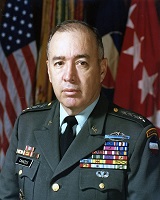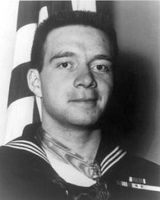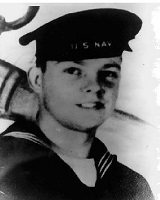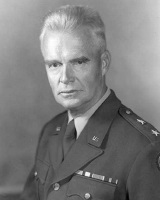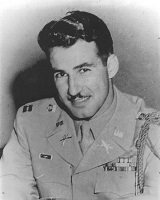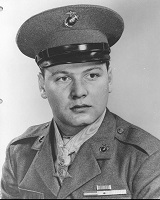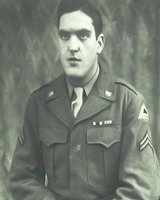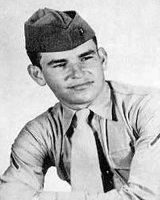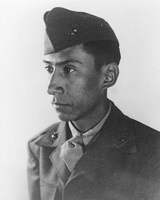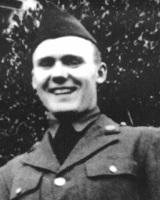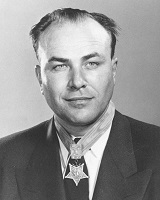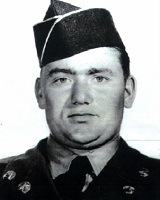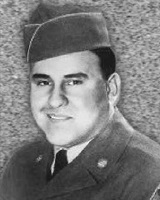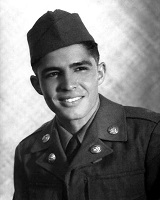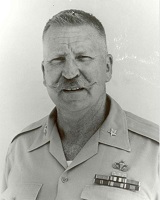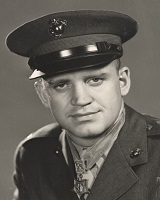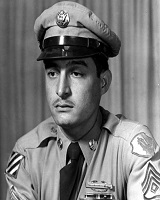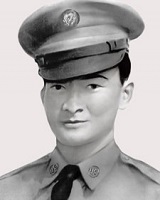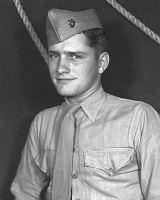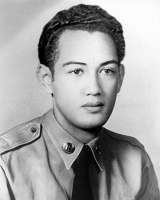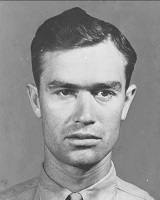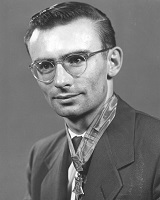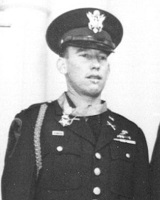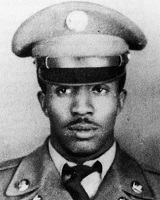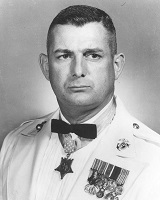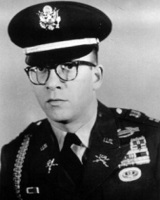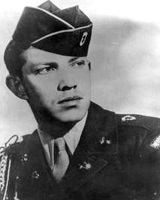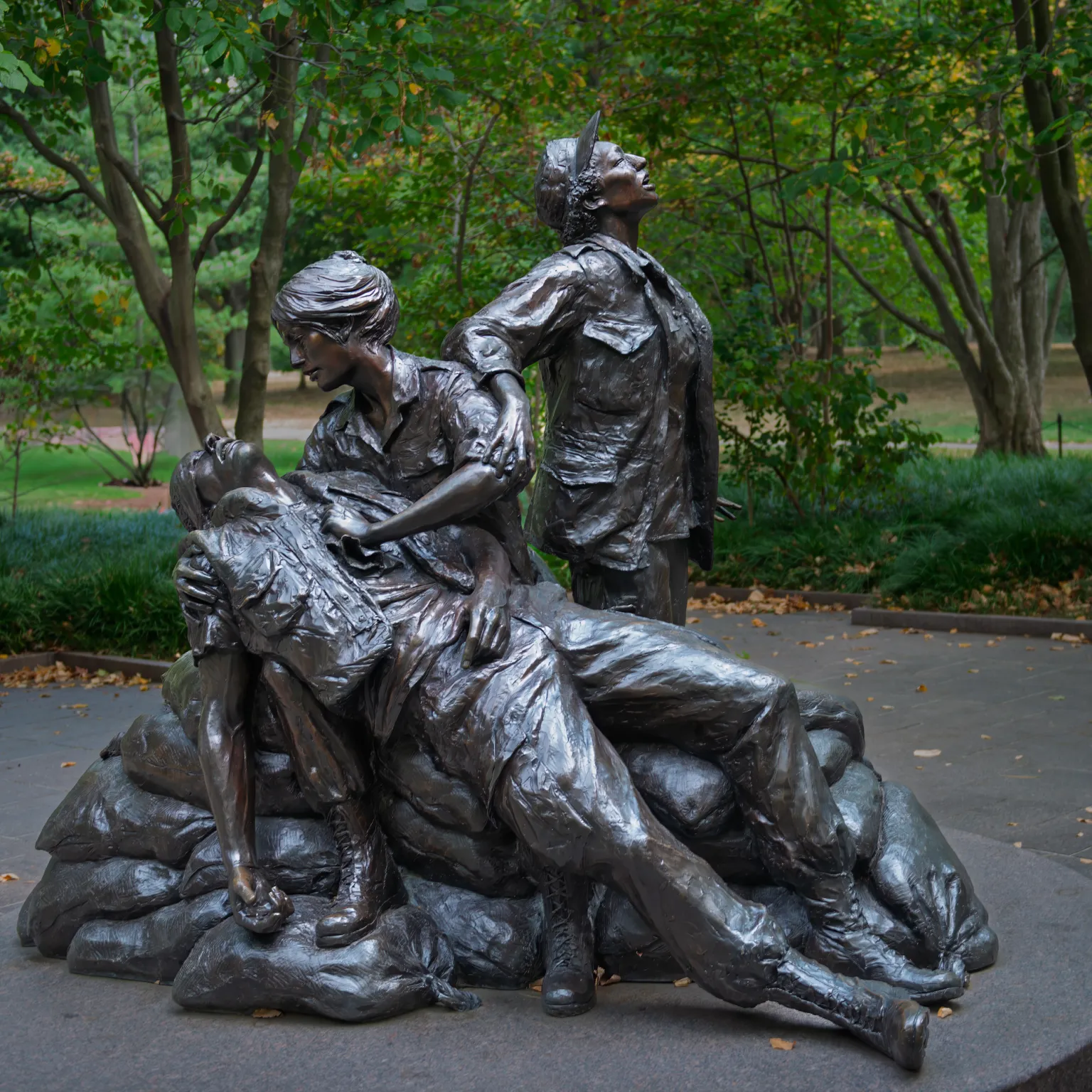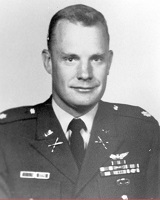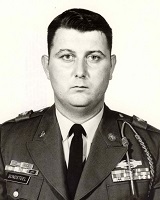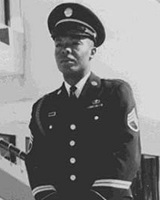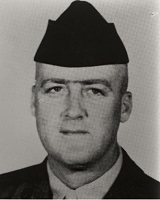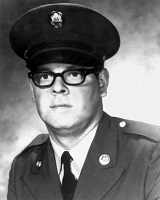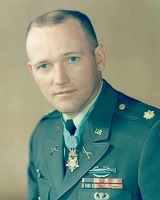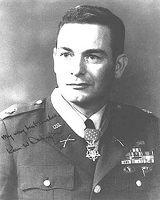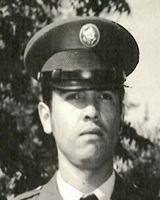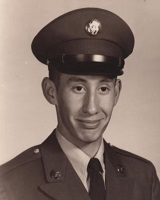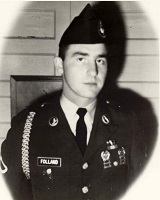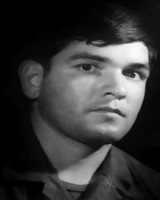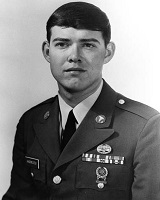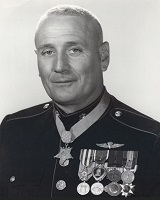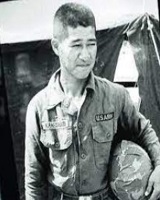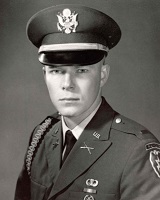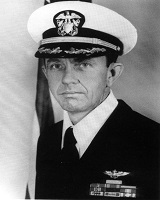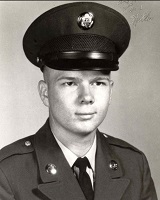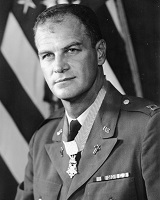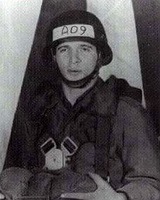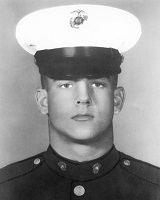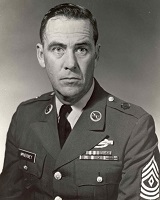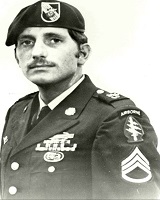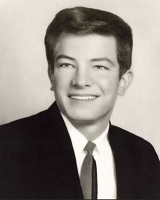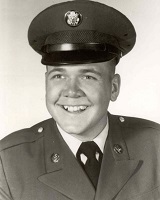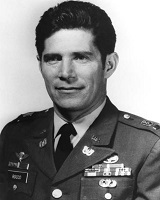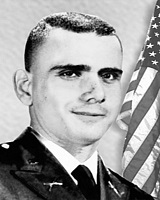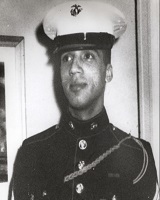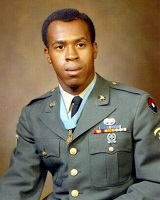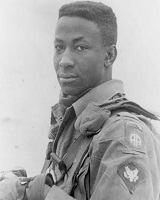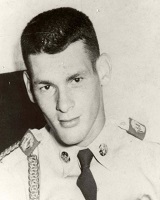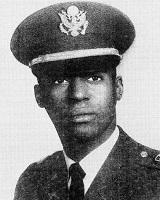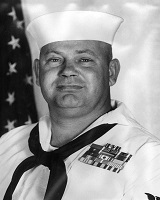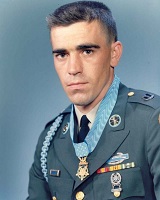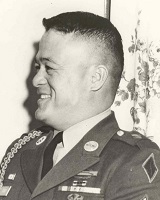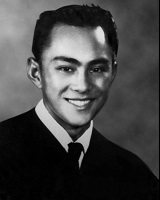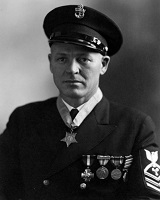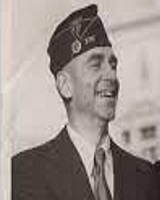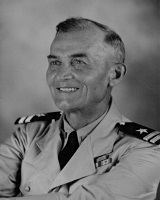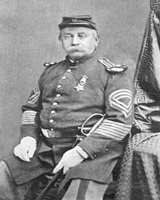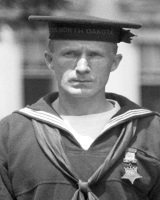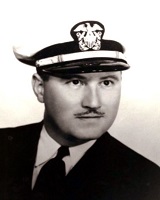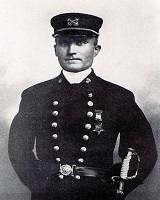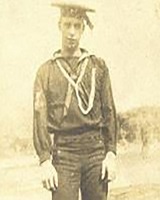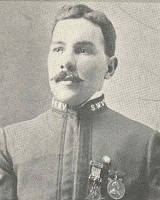National Cemetery Administration
Remembrance: Medal of Honor recipients at VA national cemeteries
 Medal of Honor designs for the military service branches from 1862 through current day. (Medal of Honor images courtesy of Congressional Medal of Honor Society)
Medal of Honor designs for the military service branches from 1862 through current day. (Medal of Honor images courtesy of Congressional Medal of Honor Society)
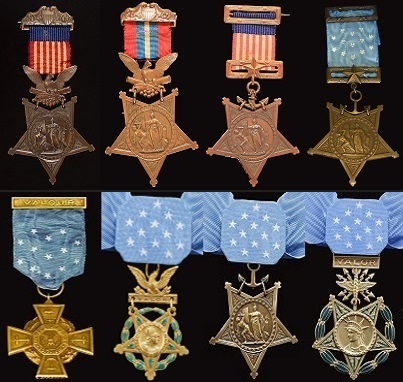 Medal of Honor designs for the military service branches from 1862 through current day. (Medal of Honor images courtesy of Congressional Medal of Honor Society)
Medal of Honor designs for the military service branches from 1862 through current day. (Medal of Honor images courtesy of Congressional Medal of Honor Society)
The Medal of Honor is the highest award for valor in action against an enemy force that can be bestowed upon an individual serving in the Armed Services of the United States. It is reserved for those who have distinguished themselves "conspicuously by gallantry and intrepidity at the risk of life above and beyond the call of duty." Recipients receive the Medal of Honor from the President on behalf of Congress.
The first Medals of Honor were presented on March 25, 1863. It was first awarded during the Civil War and the eligibility criteria, medal design, and recognition on a recipients' grave marker have all evolved over time. Military awards and medals had little role in the early years of the U.S. military. The political and military leaders viewed the Civil War as significantly distinct — with two American largely-volunteer militaries facing one another — and requiring a greater recognition of courage. Learn more about Medal of Honor history.
There are 433 Medal of Honor recipients interred at VA national cemeteries including 6 double recipients and all are included below by conflict or action. NCA invites you to remember these Veterans and visit their memorial pages to celebrate their legacy, military service and sacrifice to our nation. You can also post tributes, upload images, and share biographical information and historical documents.
Civil War
Civil War: 1861–1865
The American Civil War, fought between 1861 and 1865, was a defining moment in U.S. history. The conflict arose primarily over deep divisions concerning slavery and states’ rights. The Southern states, fearing that the growing political power of the Northern states would threaten their way of life and economy, which heavily depended on enslaved labor, seceded from the Union and formed the Confederate States of America. The Northern states, or the Union, led by President Abraham Lincoln, sought to preserve the United States as a single nation and eventually moved to abolish slavery.
The war was marked by large-scale battles, like Gettysburg and Antietam, and devastating loss of life on both sides. The Union’s industrial strength and larger population gradually wore down the Confederacy, despite the South’s skilled generals and strong fighting spirit. In 1865, after four years of bitter combat, the Confederacy surrendered. The war ended slavery in the United States, established the federal government’s authority over the states, and set the stage for Reconstruction and the long struggle for civil rights. While it reunited the nation, the Civil War left a legacy of scars, shaping the country’s identity and its path forward.
A total of 89 Medals of Honor including 3 double recipients were awarded to Veterans buried at VA national cemeteries for actions that occurred during the Civil War.
Indian Wars
Indian Wars: 1817–1898
From 1817 to 1898, the United States waged a series of conflicts known as the Indian Wars, which were driven by the nation’s westward expansion. As settlers pushed beyond the Mississippi River and into the Great Plains, Rocky Mountains, and Southwest, they encountered Native American tribes who had long called these regions home. The U.S. government sought to clear the land for settlers, railroads, and industries, often disregarding prior treaties and promises. In response, many Native tribes resisted, leading to decades of fighting, raids, and military campaigns.
Key events included the Seminole Wars in Florida, the violent struggles in the Plains during the 1860s and 1870s, and famous battles like the Battle of Little Bighorn (1876) and the final confrontation at Wounded Knee (1890). By the end of the 19th century, most Native American tribes had been relocated to reservations, their populations diminished by war, disease, and poverty. The Indian Wars were not a single conflict but rather a long series of encounters that fundamentally altered the course of Native American history and the expansion of the United States.
A total of 75 Medals of Honor including 1 double recipient were awarded to Veterans buried at VA national cemeteries for actions that occurred during the Indian Wars.
Late 19th – Early 20th Century
Korean Campaigns: 1871
In 1866, the merchant ship SS General Sherman had gone missing while sailing Korean waters. Five years later, in 1871, an American naval expedition set off to Korea. Its aim was to open trade between the two countries and discover what had become of the General Sherman. The Korean government had never explained that the crew had been killed and the ship destroyed, because the sailors had embarked on raiding parties in Korea's sovereign waters.
The 1871 expedition, again sailing in Korea's sovereign waters, provoked Korea to attack. The U.S. forces demanded an apology for this, but did not deem the apology they received sufficient. In response, U.S. forces captured several Korean forts around Ganghwa Island. This resulted in Korea sending troops armed with modern weapons, and the U.S. fleet left Korea shortly thereafter. A treaty between the two nations was not reached until 1882, 11 years later.
A total of 4 Medals of Honor were awarded to Veterans buried at VA national cemeteries for actions that occurred during the 1871 Korean Campaigns. These include the first Veterans to receive the Medal of Honor in a foreign conflict.
Spanish-American War: 1898
The Spanish-American War, fought in 1898, began after years of rising tensions between the United States and Spain over Spain’s colonial rule in Cuba. American sympathy for the Cuban struggle for independence, combined with sensationalized reports of Spanish atrocities in newspapers, fueled public support for intervention. The situation reached a boiling point after the mysterious explosion of the U.S. battleship Maine in Havana Harbor, which many Americans blamed on Spain. In April 1898, the U.S. declared war, vowing to free Cuba and end Spanish control in the Americas.
The conflict was relatively short, lasting only a few months. Major battles were fought in the Caribbean and the Pacific, where U.S. forces quickly defeated the Spanish navy and seized key territories. In Cuba, American troops and volunteer units like the Rough Riders, famously led by Theodore Roosevelt, captured Spanish strongholds. By August 1898, Spain had surrendered. The Treaty of Paris, signed later that year, gave the United States control over former Spanish territories, including Puerto Rico, Guam, and the Philippines.
A total of 16 Medals of Honor were awarded to Veterans buried at VA national cemeteries for actions that occurred during the Spanish-American War.
Philippine Insurrection: 1899–1902
After the end of the Spanish-American War in 1898, the United States had ownership over the Philippines. The Philippines attempted to establish independence, but the United States did not recognize these efforts, inciting an insurrection in early 1899. The United States declared the war over in 1902, but some rebels continued to fight. In 1916, with the passing of the Jones Act, the United States promised to eventually grant the Philippines independence, which it did thirty years later.
A total of 12 Medals of Honor were awarded to Veterans buried at VA national cemeteries for actions that occurred during the Philippine Insurrection.
Boxer Rebellion: 1899–1901
In 1900, an organization of rebels known as Boxers fought back against foreign influence in China by attacking and killing foreigners and Chinese Christians and damaging foreign property. Several nations, including the United States, sent forces to subdue the Boxers and protect those under attack. A year later, the Boxer Protocol was signed, ending the Boxer Rebellion.
A total of 14 Medals of Honor including 1 double recipient were awarded to Veterans buried at VA national cemeteries for actions that occurred during the Boxer Rebellion.
Philippines 1911
After the end of the Philippine-American War in 1902, the ethnic Moro population of the Philippines continued to fight against U.S. ownership of the Philippines from 1903 to 1913. Because the Moro peoples had refused to stop fighting, the earlier peace treaty did not apply to them. In 1903, attempting to suppress the uprisings, President Roosevelt created a Moro province in which he installed a military governor.
A total of 2 Medals of Honor were awarded to Veterans buried at VA national cemeteries for actions that occurred during the Philippine uprisings of 1911.
Mexican Campaigns / Battle of Veracruz: 1914
The Battle of Veracruz lasted from April to November of 1914. Mexico and the United States had strained relations due to the Mexican-American War, President Wilson’s lack of acknowledgement of the Mexican government, and the Tampico Affair.
In 1914, nine U.S. sailors were arrested for entering off-limit areas in Tampico, a city in Mexico. After the sailors were released, a naval commander requested a formal apology with a 21-gun salute. The apology was provided without the salute.
This event and the ongoing tensions culminated in the U.S. Navy occupying the port of Veracruz, where fighting broke out. The United States withdrew later that year after other South American powers became involved, and the dispute was eventually settled at a later peace conference.
A total of 7 Medals of Honor were awarded to Veterans buried at VA national cemeteries for actions that occurred during the 1914 Battle of Veracruz.
Haiti: 1915, 1919–1920
In 1914, President Wilson sent in U.S. Marines to Haiti to bring stability to the country, protect U.S. assets, and defend it from the influence of other foreign powers. Amidst general unrest throughout this occupation, several unpopular policies triggered a year-long uprising in 1919. The U.S. forces withdrew in 1934 under President Roosevelt’s Good Neighbor Policy, which attempted to improve relations with other nations by mitigating the United States' use of military force when attempting to maintain stability in those nations.
A total of 2 Medals of Honor were awarded to Veterans buried at VA national cemeteries for actions that occurred during the occupation of Haiti.
World War I, World War II
World War I: 1914–1918
Although World War I began in 1914, the United States did not enter the conflict until 1917. The war started in Europe as a struggle among powerful nations, including Britain, France, Germany, Austria-Hungary, and Russia. Over time, it turned into a massive and brutal fight involving trench warfare, new weapons like machine guns and poison gas, and heavy casualties. The United States initially remained neutral, but as German U-boats attacked American ships and Germany tried to forge secret alliances against the United States, public opinion shifted. In April 1917, the United States joined the Allies, bringing fresh troops and supplies to the exhausted European fronts.
The arrival of American forces gave the Allies a critical boost. U.S. soldiers participated in major offensives in France, helping push back the German army. By late 1918, the Allies had gained the upper hand, and Germany agreed to an armistice, effectively ending the war. World War I reshaped the global political landscape, leading to the collapse of empires and the creation of new nations. For the United States, it marked a turning point as the nation emerged as a significant world power. However, the war’s devastation and the harsh terms of the peace treaty set the stage for future conflicts.
A total of 11 Medals of Honor were awarded to Veterans buried at VA national cemeteries for actions that occurred during World War I.
World War II: 1939–1945
In the early days of World War II, the United States remained on the sidelines as conflict engulfed Europe, Africa, and Asia. However, the attack on Pearl Harbor in December 1941 brought the United States fully into the struggle. American industry mobilized quickly, producing vast quantities of weapons, aircraft, and ships that were shared with Allies through initiatives like Lend-Lease. Together with British, Soviet, Chinese, and other Allied forces, American troops helped to mount a coordinated effort to turn back the Axis powers. The United States played a key role in campaigns such as the D-Day invasion of Normandy, which began the liberation of Western Europe, and in the fierce island-hopping battles of the Pacific that led to Japan’s defeat.
But victory was never America’s alone. Britain’s steadfast leadership, the Soviet Union’s massive sacrifices on the Eastern Front, and countless contributions from nations large and small ultimately sealed the Axis powers’ fate. In Asia, Chinese forces endured years of brutal conflict, and in Europe, resistance movements and colonial troops fought tirelessly to undermine enemy control. The Allied victory in 1945 wasn’t just a triumph of military might—it was a global effort that drew upon the courage, resilience, and unity of people from around the world, ending the war and setting the stage for a new chapter in human history.
A total of 90 Medals of Honor were awarded to Veterans buried at VA national cemeteries for actions that occurred during World War II.
Korea, Vietnam, Global War on Terror
Korea: 1950–1953
The Korean War began in 1950, when North Korean forces, backed by the Soviet Union and China, crossed the 38th parallel into South Korea, aiming to reunify the peninsula under communist control. The United Nations, led mainly by the United States, responded quickly to South Korea’s call for help, assembling a multinational force to push back the invasion. Early battles were hard-fought, with South Korean and UN troops retreating until a bold counteroffensive at Inchon turned the tide. The conflict quickly escalated, with Chinese forces joining the war and driving UN troops back, resulting in a series of back-and-forth battles across the Korean peninsula.
Though the United States played a major role in leading the UN coalition, the effort depended on support and contributions from many other nations, including the United Kingdom, Canada, Australia, and Turkey, among others. South Korean forces, who bore the brunt of the conflict on their soil, fought valiantly to defend their homeland. For three years, the war’s bloody stalemates, like those near the 38th parallel, claimed the lives of millions of soldiers and civilians alike. While an armistice in 1953 brought an uneasy ceasefire, it did not bring peace or reunification. The Korean War ended with Korea still divided, the Demilitarized Zone firmly in place, and the legacy of a conflict that shaped the Cold War era and still influences global politics today.
A total of 32 Medals of Honor were awarded to Veterans buried at VA national cemeteries for actions that occurred during this conflict.
Vietnam: 1955–1975
The Vietnam War was a long and bitter conflict that unfolded over several decades, though the most intense fighting occurred between the early 1960s and 1975. It began as a struggle within Vietnam itself—North Vietnam, led by the communist government of Ho Chi Minh, sought to unite the country under its rule, while South Vietnam, backed by the United States and other anti-communist allies, aimed to prevent that from happening. Over time, the war grew into a broader Cold War clash. The United States sent increasing numbers of troops to support South Vietnam, hoping to stop the spread of communism in Southeast Asia. Meanwhile, North Vietnam received significant aid from the Soviet Union and China, and guerrilla fighters in South Vietnam, known as the Viet Cong, waged a brutal insurgency.
The war had a profound impact not only on Vietnam but also on the countries involved. American forces, along with South Vietnamese troops and other allies like Australia and South Korea, fought in dense jungles, where conventional battle lines were often blurred. Back home, the United States experienced widespread protests and political division as the conflict dragged on, resulting in over 58,000 American deaths and countless Vietnamese casualties. By 1973, U.S. troops withdrew under a peace agreement, but fighting between North and South Vietnam continued until 1975, when the North captured Saigon and reunified the country under communist rule. Today, the Vietnam War remains a powerful reminder of the human cost of conflict and the lasting challenges of war and reconciliation.
A total of 46 Medals of Honor were awarded to Veterans buried at VA national cemeteries for actions that occurred during this conflict.
Global War on Terror: 2001–2021
The Global War on Terror (GWOT), including Operation Enduring Freedom (OEF) and Operation Iraqi Freedom (OIF), was an ongoing conflict. It ended on September 11, 2021, the twentieth anniversary of the attacks.
A total of 3 Medals of Honor were awarded to Veterans buried at VA national cemeteries for actions that occurred during this conflict.
Non-Combat
Non-Combat: 1865–1940
Since the creation of the Medal of Honor in 1862, there have been five non-combat interim periods in which military personnel have received the award: Interim 1865-1870, Interim 1871-1899, Interim 1899-1910, Interim 1915-1916, and Interim 1920-1940. Almost 200 men were awarded the Medal of Honor during these periods, with many of them serving in the U.S. Navy. In 1963, however, the Medal of Honor criteria was updated, prohibiting eligibility for non-combat actions.
A total of 30 Medals of Honor including 1 double recipient were awarded to Veterans buried at VA national cemeteries for actions that occurred during these interims.
